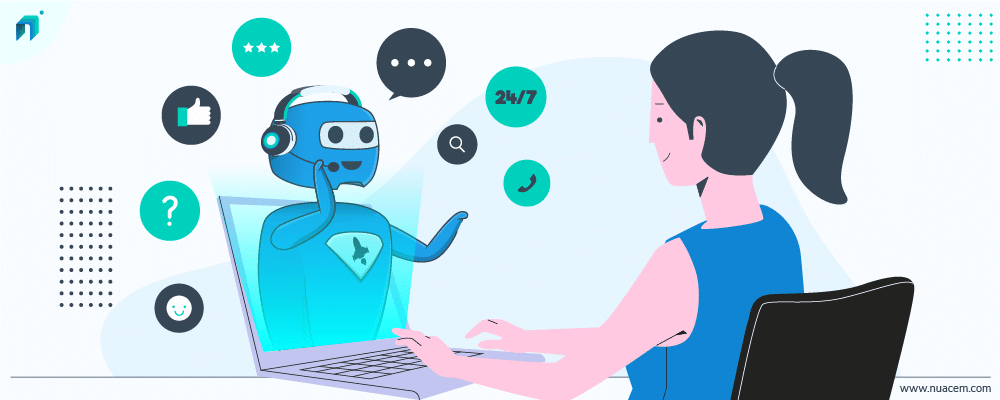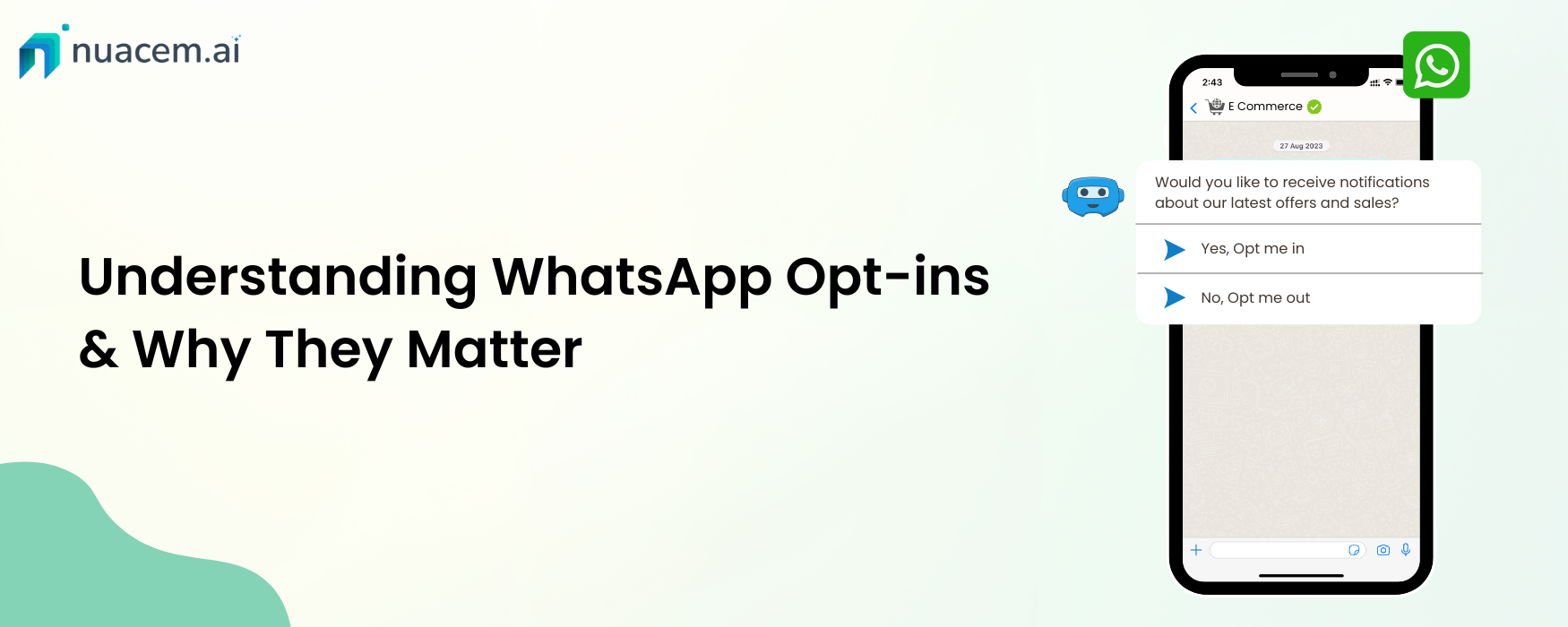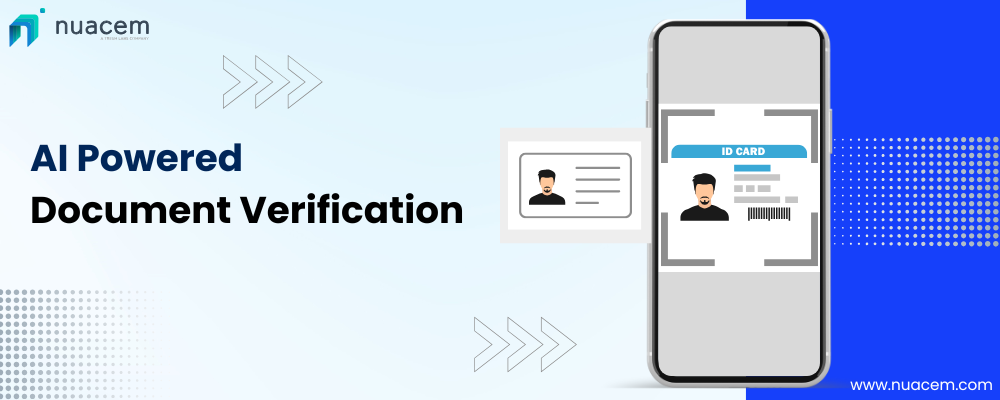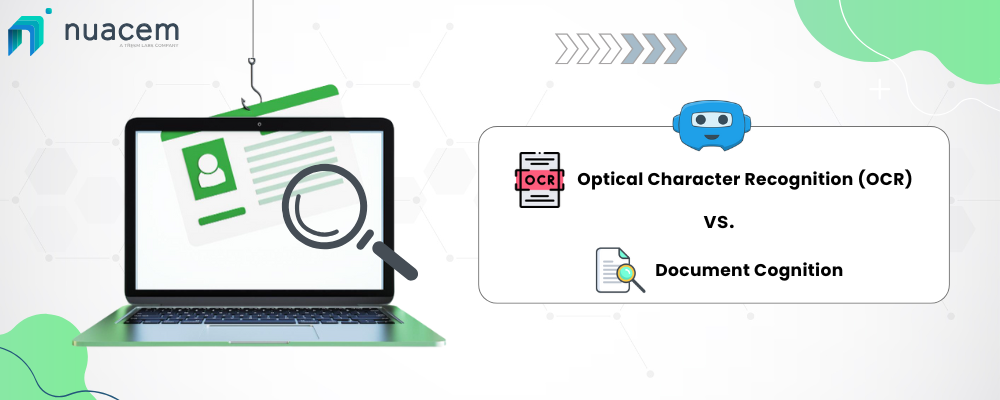Businesses are slowly switching to Conversational AI-powered automation to maintain adequate customer support and services. Conversational AI-powered automation like chatbots addresses the increasing trivial issues like order details, return or refund requests, shipping info, and tracking details raised by the customers.
Conversational AI Bots can handle most of the queries and concerns. Furthermore, AI tools can respond to these queries in no time and handle any number of customers simultaneously without the need or intervention of a human agent.
The traditional role of the customer service operator or customer support agent get upgraded due to these adjustments. Only the complex issues that demand human intervention and a customised remedy post automation reach a human agent.
As a result, the term ‘super-agent’ is more appropriate for these new multi-skilled virtual bots that assist businesses on multiple levels while keeping the expenditure minimal.
Highlights:
- Who is a Virtual Agent?
- Why switch to Virtual Super Agents?
- Why are Virtual Agents called Super Agents?
- Advantages of switching to Automated Virtual Assistants
- Summing up
Who is a Virtual Agent?
The AI-powered virtual agent is more than a virtual customer assistant platform that rapidly provides you with automated responses. A customer service virtual agent collaborates with numerous call centers/backend applications of the businesses to provide customers with instant responses and services. A virtual agent chatbot can handle a large number of clients at the same time 24/7/365 without taking a break.
This concept should not be confused with call center agents who work remotely and are known as ‘virtual agents.’
Specifically, this technology assists us in providing essential and basic information to customers and employees, guiding users through questions, and automatically rerouting complex conversations or issues to an actual human agent.
An enterprise assistant (virtual agent) can take many forms, similar to Google Home or Amazon Alexa in chatbots or voice-powered UIs. The value of AI-based virtual assistants is simple yet powerful. It enables customers to achieve the desired outcome quickly through a positive and easy user experience
Why switch to Virtual Super Agents?
Although many businesses rely on call centers for assistance, new-age customers demand a faster and better way to resolve their problems.
Machine learning is a significant need and reality of today’s customer experience in the world of automated virtual assistants, but that doesn’t mean real people aren’t needed. There are multiple benefits for everyone in implementing an AI virtual assistant. Many alleviated concerns are solved, bridging the gap between customer satisfaction and time savings.
Why are Virtual Agents called Super Agents?
Virtual agents are known as super agents as they effectively reduce the workload of human agents and automate processes without any hassle. Cognitive virtual assistants are highly effective in two aspects:
Customer support:
From providing information about a product to providing clearance on any transaction and refunding if it fails, agents can provide you with all the information you need. They can devote time to the complexity if required.
Many retailers use virtual enterprise assistants to assist customers throughout the purchasing process. Enterprise virtual assistants not only assist you but also make recommendations based on your preferences and dislikes.
In addition, it virtually solves customers’ queries using a chat interface. They don’t have to say anything; they type and solve the issue.
Work desk for IT:
Similarly, an intelligent virtual assistant assists in customer service, reduce IT workers’ desk work and supports customer services 24/7/365. In addition, they can support IT workers and IT services at the enterprise level in any department.
For example, suppose there is a problem with sound in a computer or laptop. In that case, an artificial intelligence-powered virtual assistant asks you questions about headphones like, “Are you using headphones?” and then responds based on the employee’s response. Suppose he believes the problem is with headphones.
In that case, an artificial intelligence-powered virtual assistant can help raise a request to the system desk to order or replace the headphones without the employee calling the help desk.
Advantages of switching to Automated Virtual Assistants
Omni channel access:
Users or customers can contact agents from any device: phone or laptop from any channel of their choice including social media platforms.
Conversational interface:
Using Natural Language Processing (NLP), customers/users can interact in their natural language.
Response accuracy capabilities:
With high accuracy, the response generated can be accurate and relevant enough for the customer to resolve their query/need.
Automation features:
Automation can instantly save time and fulfill customer requests thereby increasing self service and reducing bottom line costs.
Software integration:
Integrating virtual agents for sharing information between systems (CRM, HRIS and other integrations) and departments makes customer experience hassle-free. Therefore, it is essential to integrate virtual assistants with the systems.
Summing Up
Virtual Assistant AI can understand the customer’s psychology and augment it with context-sensitive intelligence across channels to make every interaction with the customer authentic and personal.
Our lives can be made more accessible with the help of virtual super agents. It values the human side of businesses while automating it. It is the most effective way to quickly understand and resolve customer queries/needs while building strong customer relationships.






